Jirisan National Park (Nogodan Peak Section) (지리산국립공원 (지리산 노고단))
15.1 Km 41718 2021-12-25
356, Hwaeomsa-ro, Gurye-gun, Jeollanam-do
+82-61-780-7700
Jirisan National Park covers a vast amount of land in three provinces, including one city and three counties. The countless mountain peaks both large and small blend harmoniously, giving off a comforting ambiance. The valleys feature streams, waterfalls, and more natural attractions beautiful all year round. The mountain is the starting point for the Seomjingang River, which flows into the southern sea.
The park is home to many plants and animals, including the Asiatic black bear. There are many hiking paths crossing the park; it is recommended to make a plan for the courses in advance, checking the lengths and time required. As Jirisan Mountain changes with the different seasons, hikers can enjoy various aspects of the mountain’s terrain. However, some areas will be closed off for hikers' safety in the case of incliment weather or to prevent forest fires in the dry season.
Hadong Agyang [Slow City] (경남 하동 악양 [슬로시티])
15.2 Km 11880 2021-02-02
357, Agyangseo-ro, Hadong-gun, Gyeongsangnam-do
+82-55-880-2370
Agyang-myeon is located in Hadong-gun, Gyeongsangnam-do, surrounded by Jirisan Mountain and cut through by the Agyangcheon Stream. The unique geographical features allow the village to grow 80% of all persimmons harvested in Hadong. The area is also famous for its green tea, brought over from China during the Unified Silla period.
Gurye Cheoneunsa Temple (천은사(구례))
15.2 Km 14499 2021-10-02
209, Nogodan-ro, Gurye-gun, Jeollanam-do
+82-61-781-4800
Located north of Gurye on Jirisan Mountain, and built during the Unified Silla Period, Cheoneunsa Temple is one of the three great Buddhist temples of Jirisan Mountain. Cheoneunsa Temple is believed to have been built by Monk Deokun and Monk Seru from India in AD 828 during the 3rd year of King Heungdeok. Because it initially laid next to spring water as clean and cold as a morning dew, the temple was also called Gamrosa, meaning Sweet Dew Temple. The spring water was rumored to clean one’s body and soul, leading to crowd of Buddhist monks to visit the temple. During King Chungryeol’s reign, the temple was named the Best Temple in the south.
The temple was burned down during the Imjin War (1592-1598) and then later rebuilt and renamed Cheoneunsa. Legend has it that while the temple was being rebuilt, a large serpent often came out of the spring. When the serpent was finally captured and killed, the spring waters suddenly dried up. Hence the name Cheoneunsa, meaning Disappearance of Spring Water, was given.
Gurye Sansuyu Village (구례 산수유마을)
15.3 Km 23411 2020-04-25
6-12, Wianwolgye-gil, Gurye-gun, Jeollanam-do
+82-61-783-9114
Sandong-myeon in the Gurye-gun region is widely known as the home of sansuyu (cornus fruit) and is responsible for 70% of Korea’s sansuyu fruit production. The Sansuyu Village, located at the foot of the southwest side of Manbokdae Mountain (1,433 meters), is considered the region’s most representative village of sansuyu. The village has a beautiful natural landscape with the snow-covered Jirisan Mountain range to its back and a small valley to its right.
Visitors to the village can wind down at the hot spring complex nearby, which is famous for its germanium content and said to have numerous health benefits. The sansuyu flowers of Sansuyu Village typically are at full bloom between March 20 and March 31, drawing throngs of visitors.
* Please note that blossom dates are not exact and change slightly from year to year.
Choi Champandaek (House of Choi Champan) (최참판댁)
15.3 Km 29015 2021-12-16
66-7, Pyeongsari-gil, Hadong-gun, Gyeongsangnam-do
+82-55-880-2651
The House of Choi Champan is known as the setting of the famous novel "Toji" ("The Land") by noted novelist Park Kyongni. Located in a small folk literature village in Agyang-myeon, Pyeongsa-ri along the Seomjingang River at the foot of Jirisan Mountain, Choi Champandaek consists of fourteen hanok (traditional Korean house) buildings.
Also used as the main set of the drama version of "Toji" (2004), Choi Champandaek gives visitors a look at the life of Korean people in the late Joseon era. The house has not only made its appearance in many films, but is also a valuable cultural asset of Hadong-gun.
The Daecheong Maru (wooden-floored hall) connected to the Sarangchae (men’s quarters in a hanok) offers a wide view of the vast field of Pyeongsa-ri and gives an opportunity to meditate and reflect while appreciating the beautiful surroundings. Located in the vicinity are numerous tourist attractions including the Pyeongsari Literature Center, Hwagae Market, and Ssanggyesa Temple. During fall season every year, Choi Champandaek hosts the Toji Literature Festival.
Maeam Tea Museum (매암차문화박물관)
15.3 Km 23640 2020-07-04
348, Agyangseo-ro, Hadong-gun, Gyeongsangnam-do
+82-55-883-3500
Maeam Tea Museum originally started from a tea garden established in 1964 by Gang Seongho. The tea museum features hands-on programs that allow participants to directly experience the process of making tea and also learn about proper tea culture. It aims to become an experiential museum.
Almost Home Stay Hadong [Korea Quality] / 올모스트홈스테이 하동점 [한국관광 품질인증]
15.3 Km 6 2024-01-18
75 , Pyeongsari-gil, Hadong-gun, Gyeongsangnam-do
+82-10-2086-5330
Almost Homestay Hadong is a hanok stay in Pyeongsa-ri, Akyang-myeon, where the Seomjin River flows down from Jirisan Mountain, Jeollanam-do. The accomodation is in several different configurations: the two-storey Ilyeongjae and Wolyeongjae are both rented out as houses; Yeonhajae and Hoeramjae, which are single-storey with numaru(a raised open floor); while Unrakjae and Hoegyeongjae have several rooms with bathrooms, each rented out. Only the "Hoegyeongjae-1" room is equipped with Numaru. Cooking strong-smelling food in guestrooms is not allowed.
Toji Literature Festival (토지문학제)
15.3 Km 848 2020-09-17
76-23, Pyeongsari-gil, Hadong-gun, Gyeongsangnam-do
• 1330 Travel Hotline: +82-2-1330 (Korean, English, Japanese, Chinese) • For more info: +82-55-880-2363
Toji Literature Festival is held annually in Hadong-gun, the setting of one of Korea's greatest historical novels, Toji, written by Park Kyongni. The festival pays tribute to the novel Toji, depicting the modern history of Korea between the years of the Donghak Revolution in 1897 and the Liberation of Korea in 1945. It has become one of the nation’s major literature festivals.
Baraebong Peak (바래봉)
15.9 Km 34639 2024-04-07
196, Baraebong-gil, Namwon-si, Jeonbuk-do
+82-63-630-8900
Baraebong Peak gets its name from its resemblance to an upside down barittae (a wooden rice bowl used by temple priests). The mountain is characterized by round slopes and fields of royal azalea flowers in spring. Trekking starts at Yongsan Village, 1.5 kilometers away from Unbong-eup. The trail follows a gentle path through a forest reserve behind a ranch and up to the peak. The last section of the trail before reaching the summit is covered in royal azaleas in full bloom from late April until May. The view from the peak includes the whole vista of Jirisan Mountain.
Sancheong Daewonsa Temple (대원사(산청))
16.0 Km 18168 2021-08-13
453, Pyeongchonyupyeong-ro, Sancheong-gun, Gyeongsangnam-do
+82-55-972-8068
Located at the eastern foot of Jirisan Mountain, Daewonsa Temple was first built in 548 during the Silla dynasty, but it remained closed for over thousand years until it was renovated and made bigger with the name Daewon. Unfortunately, the entire premises were lost to a big fire during the night of January 12, 1914, and all the halls and pavilions, including Yosachae, totaling 184 rooms in 12 buildings, were rebuilt in 1917. However, they were damaged once again during the Korean War and were abandoned until the war ended where the temple was rejuvenated and made even bigger. Located nearby are Geoyeonjeong and Gunjajeong Halls that are believed to have been the studying venue of scholars.
* Daewonsa Valley
The two-kilometer-long valley that stretches from the parking lot at the entrance to Daewon Temple to the temple itself is surrounded by high hills and curious-looking rocks. The clean water that oozes out through craters between the rocks generates unusual scenery. Associated with Yongso Pond is the legend that a dragon lived in it for hundreds of years before it finally flew away. Somakgol Valley is known to be the place where the last king of Garak Kingdom came to feed his cows and horses.
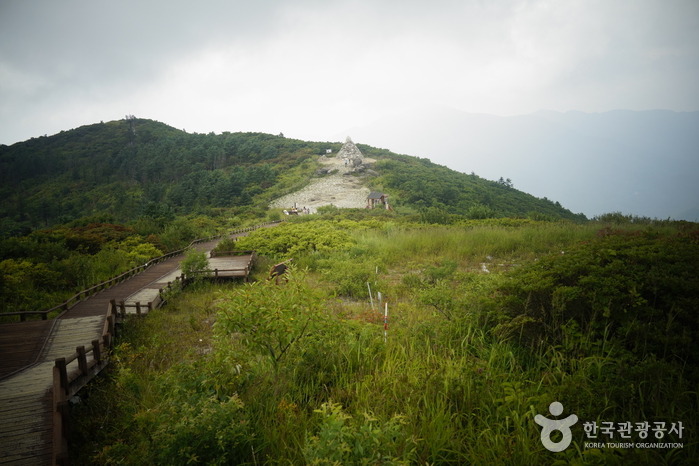
![Hadong Agyang [Slow City] (경남 하동 악양 [슬로시티])](http://tong.visitkorea.or.kr/cms/resource/06/2026206_image2_1.jpg)

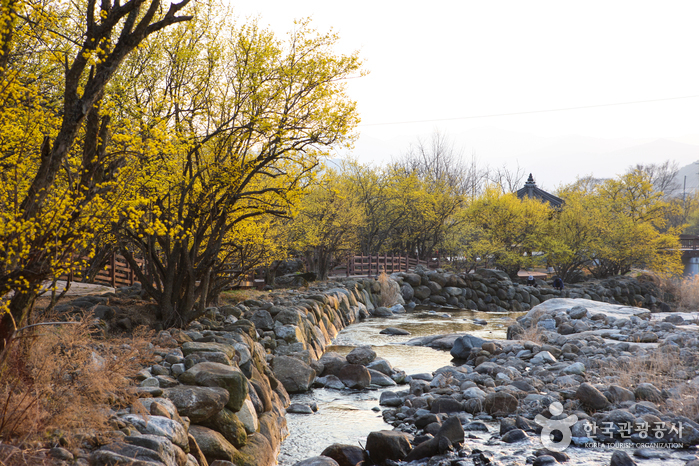
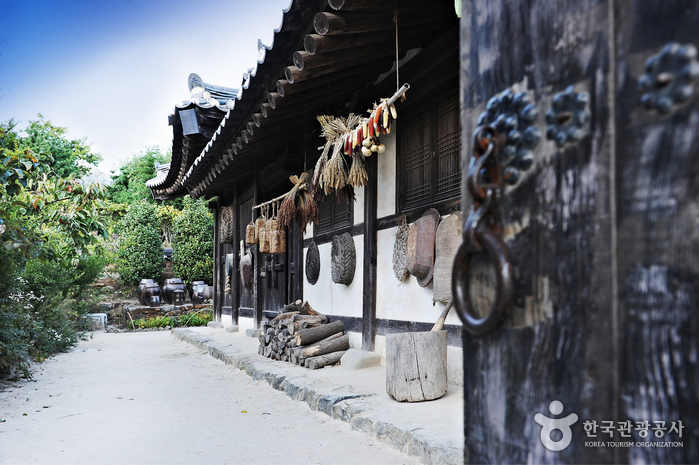
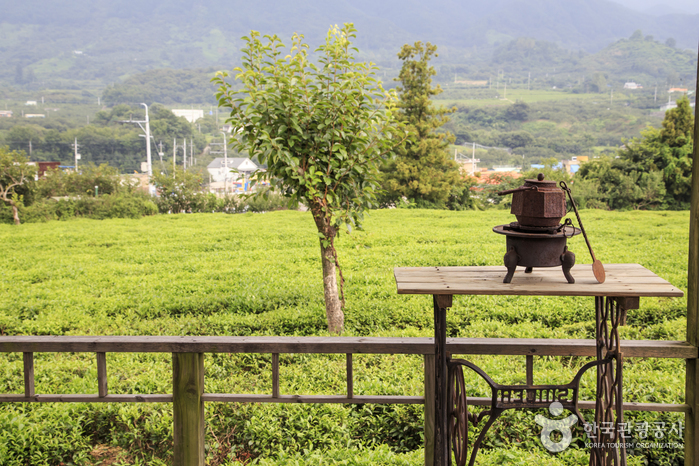
![Almost Home Stay Hadong [Korea Quality] / 올모스트홈스테이 하동점 [한국관광 품질인증]](http://tong.visitkorea.or.kr/cms/resource/77/2709977_image2_1.jpg)
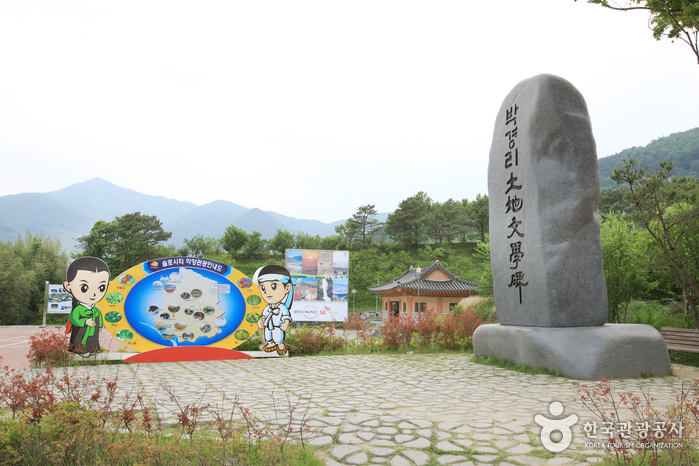
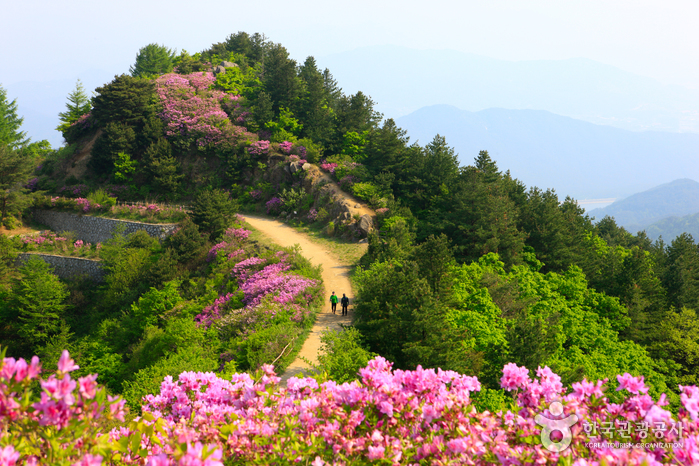
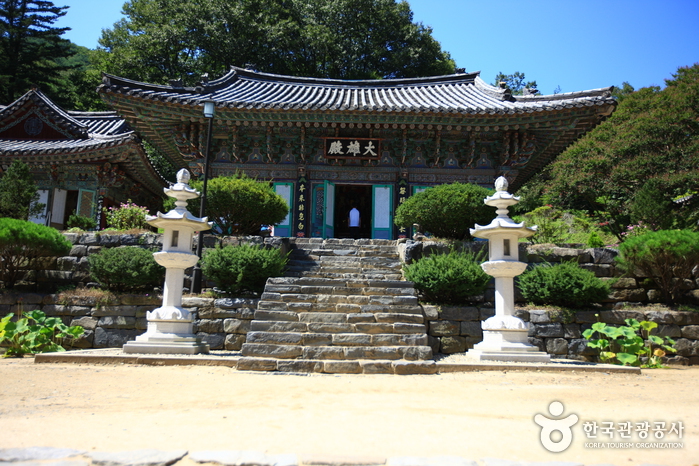
 English
English
 한국어
한국어 日本語
日本語 中文(简体)
中文(简体) Deutsch
Deutsch Français
Français Español
Español Русский
Русский